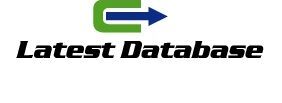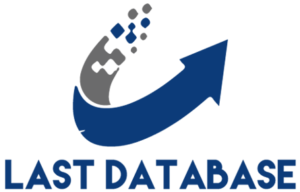Embracing AI for Sales
Sales are all about building lasting relationships. However, that takes time, energy, and some savvy know-how. Now, it can all be enhanced with the help of intelligent technologies like AI that serve to automate repetitive processes, extract valuable insights, and forecast various outcomes.
At Velvetech, we understand that it can seem belgium phone number data overwhelming to dive into AI by yourself and figure out how to use the technology for business growth. That is why we are pleased to offer easy-to-use, AI-powered contact center and call analytics solutions that can quickly help take your sales game to the next level.
Additionally, if you’re looking to gain a customized tool that fits well into your business, we provide extensive AI software development services to help organizations make the most of these innovative technologies and build solutions that truly cater to the unique requirements of each company. So, don’t hesitate to reach out to our team — we’ll be happy to discuss any project you may have in mind.
A-to-Z for Business Owners
Imagine you run a century-old family business worth millions, and the hard-earned algorithms — the ones that power your 56 greenhouses — are trapped in a 30-year-old application. A legacy system, some say.
According to Forbes, 44% of CXOs consider legacy systems as one of the core barriers on their path to achieving a competitive edge. That is mostly because the outdated app could be written with a programming language that lost support over a decade ago. Or, the team that built it is long gone.
In general, your old app may work only on Windows machines. That is to say, you can’t access it from your phone or browser. It sits on an unprotected server. And you keep asking, “How much longer can this setup work?”
In theory, you are good to last for another thirty writing reviews is perfect for anyone years: those algorithms have gotten you through almost half a century and made your business a success. But in practice, your competition will probably oust you by then. So how do you deal with this?
Read on to learn how we helped this plant-growing company and other businesses deal with digital transformation and make sense of legacy system modernization.
What Is a Legacy System?
It’s not like there is a strict dictionary definition of a legacy system or software. Still, you know when you’re dealing with one, right?
As a CIO, VP of Technology, or CTO, you’ve probably inherited a software platform that serves as the backbone for nearly all business processes at your place. And you know it’s legacy by definition because you did not architect it — your predecessors did.
But what if you are a CEO or a Product Executive contact lists trying to figure out if your operations rely on an old infrastructure? Well, the first sign is you and your employees become grumpy about using the software. But let’s look at some other symptoms that indicate it’s time to modernize legacy systems.
Legacy System Symptoms
|
Symptoms
|
Impact
|
|---|---|
| Software hinders productivity and innovation | Your app can’t handle new market demands, upscale offerings, or optimize processes. |
| No one owns the system | All issues and bugs, even if mission-critical, remain unresolved as there is no responsible department for updates. |
| Customer support cost escalates all of a sudden | You spend a fortune on maintenance but get no tangible results. Your product needs a critical review. |
| The vendor no longer provides support | It leaves no room to fix issues, improve efficiency, or enhance software security. |
| You deal with a skill shortage | The industry is changing, and resources needed to support your system may become scarce and costly. |






